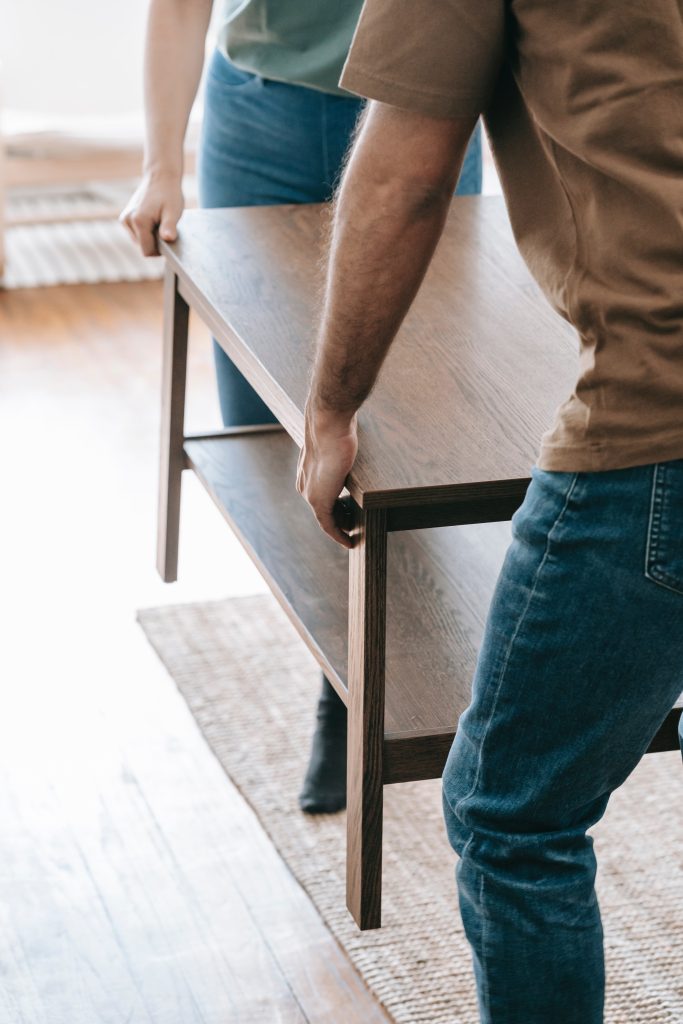2.7 The Relationship between PEEP and FiO2
At this point in your learning, you should understand how increasing the FiO2 can directly impact the amount of oxygen available to the body through the oxygen content equation—specifically hemoglobin amounts and SpO2.
There is another factor that can affect oxygenation, and this factor becomes extremely important when it applies to ventilation and specifically ventilating potentially sick individuals with lung pathologies.
In Chapter 1, we learned that Positive End Expiratory Pressure (PEEP) describes the little bit of air that remains in the alveoli after exhalation has ended. As we begin to discuss mechanical ventilation, PEEP is also set on the ventilator. As you may have already surmised, the PEEP setting on the ventilator is meant to mimic the physiologic properties that occur when spontaneously breathing. When we move to mechanical ventilation and switch to positive pressure in the lungs, we need to ensure the lungs do not fully empty at the end of exhalation. Remembering the pressures noted in spontaneous breathing, the negative pressure in the pleural space ensures some air is maintained in the lungs to keep them inflated. Utilizing positive pressure from a ventilator eliminates this ability and must be artificially added via the ventilator.
We set the ventilator to have PEEP to replace the air that is normally left in the lungs. PEEP is, at minimum, always set to [latex]5\text{ cmH}_2\text{O}[/latex]. This ensures the “balloons” that are the alveoli do not fully empty, and that residual volume we talked about in Chapter 1 is left in the lungs to make them easier to blow up for the next breath.
PEEP has other functions as well. Not only does it ensure the lungs do not fully collapse and are easier to inflate from breath to breath, but this same pressure can also augment oxygenation by adding an extra “push” to get the oxygen across the alveolar-capillary membrane.
Object Lesson

Imagine you are trying to dry a wet shirt. You wrap the shirt in a towel, and you’re hoping to transfer the water from the soaked shirt to the dry towel. The water is the “oxygen” and you want to get it across the “membrane” (into the towel). PEEP is equivalent to wringing/squeezing out the towel-wrapped shirt, pushing the water (oxygen) across at a
faster/higher rate.
PEEP is used specifically in cases where the alveolar-capillary membrane is thickened or scarred due to pathology or disease of some kind. As inflammation or infiltrates permeate the alveolar-capillary membrane, this would impede the ability of oxygen to diffuse across the membrane. Thinking back to lung concepts and air flowing from high to low pressure, PEEP ensures that gradient exists at a higher degree and oxygen diffuses easier down the steeper gradient. As a general rule, in cases where the alveolar-capillary membrane is abnormal (i.e., non-healthy lungs), increasing PEEP will improve oxygen in the blood without having to increase FiO2.
Object Lesson

Think of PEEP and FiO2 as two people lifting a coffee table. They work as partners to move the table in the same way that PEEP and FiO2 work together to improve oxygenation. If one person works harder to lift the table, the other person will not have to work as hard. Similarly, increasing PEEP should allow you to decrease the levels of oxygen that your patient requires, minimizing exposure to high levels of oxygen.
Key Takeaway
PEEP is another setting that will always be set on a ventilator regardless of the mode. Keeping the alveoli from fully collapsing is essential to mimicking normal physiologic processes. It can be used to improve oxygen diffusion across the alveolar-capillary membrane.
PEEP is not a fix-all. There are side effects of increasing PEEP—especially at higher levels. As you increase the PEEP, this increases the pressure in the lungs, which in turn can compress the heart and decrease venous return and blood flow to the heart. Cardiac output can be compromised if PEEP is increased too high. PEEP should be increased slowly with constant evaluation of cardiac status.
Another important side effect of PEEP is the effect on lung compliance. Remember, you can think of PEEP as the “air left in the balloon.” If you have a set volume that you are inflating the balloon every time, but you increase the baseline amount of air in the balloon, eventually the balloon will either not be able to take the amount of air you want to blow in, or it will pop. This is the same for the lungs; if the lungs are more full at the start of the breath (increase in PEEP), they will be less likely to “fit” the volume of air the ventilator is about to give without exposing the lungs to high pressure or causing overdistension. In general, PEEP should be increased carefully and with close monitoring and patient assessment. These concepts will be revisited in Chapters 3 to 5 when discussing ventilation settings in more depth.
“The Relationship between PEEP and FiO2” from Basic Principles of Mechanical Ventilation by Melody Bishop, © Sault College is licensed under a Creative Commons Attribution-NonCommercial-ShareAlike 4.0 International License, except where otherwise noted.

